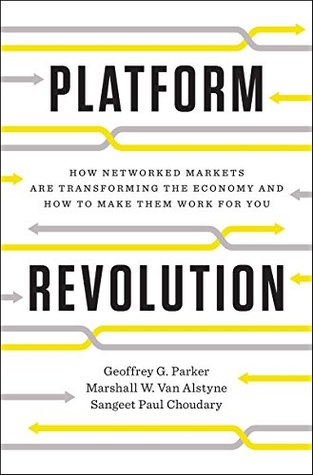More on this book
Community
Kindle Notes & Highlights
Furthermore, for a platform business, user commitment and active usage, not sign-ups or acquisitions, are the true indicators of customer adoption.
“We tried to create every feature in the world and said, ‘O.K., we can do it, why should we [open up to] let a third party do it?’ We should have picked 5 to 10 key features that we totally focused on and let other people innovate on everything else.”
Along some other important dimensions, Myspace was actually too open.
If the platform is too closed—if it is too onerous for extension developers to hawk their wares on the site—it will lose the opportunity to provide valuable extra services to platform users, perhaps alienating participants in the process. But if the platform is too open—if it is too easy for extension developers to appear on the site—then it’s likely that poor-quality service providers will join the platform, tarnishing the reputation of the other developers as well as that of Airbnb itself. Furthermore, excessive openness may lead to too many providers of the same type of service, which will
...more
systems of control involve four main sets of tools: laws, norms, architecture, and markets.20
The underlying principle: Give fast, open feedback when applying laws that define good behavior, but give slow, opaque feedback when applying laws that punish bad behavior.
The shift from protecting value inside the firm to creating value outside the firm means that the crucial factor is no longer ownership but opportunity, while the chief tool is no longer dictation but persuasion.
Collectively, these new data tools create a formidable barrier to entry—a platform version of Porter’s competitive moat. If competitors don’t have the data, they can’t create the value—which means they can’t create the interactions, which further limits their access to the data.
As the very term vertical integration implies, any new business a platform purchases must be integrated with the platform, which creates both technical and strategic challenges. A platform built from a dozen independently developed technologies will break sooner, cost more, and deliver a worse customer experience than one built on a lean architecture that conducts all its business activity through clean interfaces.


